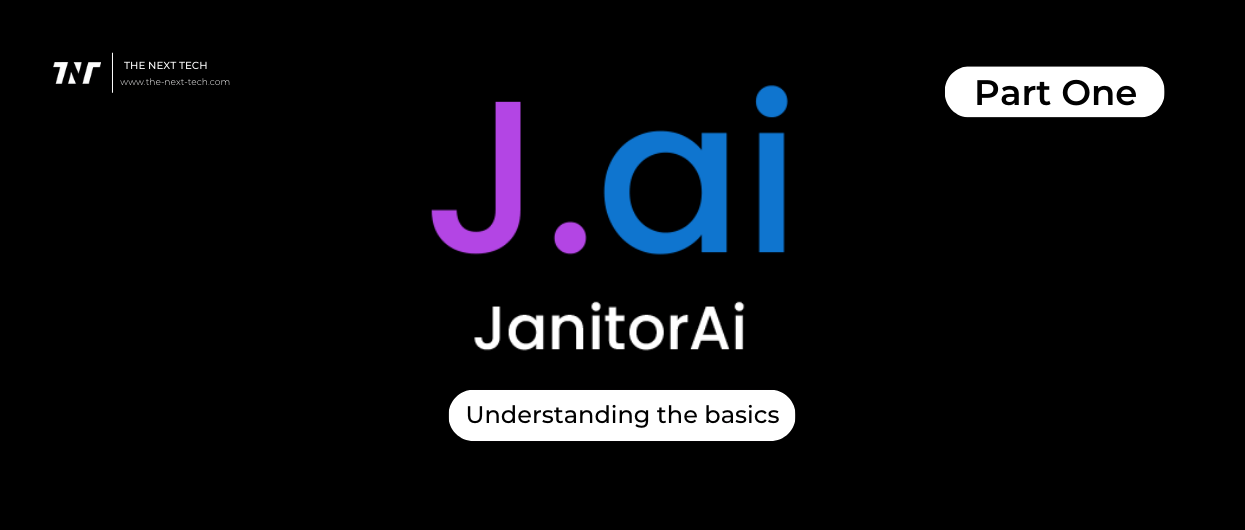Google’s Search Generative Experience (SGE): What It Is and How It Impacts SEO
Introduction
Google’s search landscape is changing rapidly, and one of the most significant updates is the introduction of Search Generative Experience (SGE). As part of Google’s continued integration of AI into its products, SGE represents a transformative shift in how users interact with search results and how businesses must think about SEO. In this article, we’ll explore what SGE is, how it works, and what it means for content creators, marketers, and SEO professionals.
What Is Google’s Search Generative Experience (SGE)?
An Overview of SGE
SGE is a new experimental feature in Google Search that uses generative AI to provide AI-powered summaries and answers directly in the search results. It is designed to help users get more comprehensive and conversational responses without having to click through multiple websites.
Key Features of SGE
- AI-generated answers based on multiple sources.
- Conversational follow-ups, allowing users to refine or expand queries.
- Integrated with traditional SERP results, including links, snippets, and ads.
- Appears at the top of the results page, above organic listings.
Why Did Google Introduce SGE?
Enhancing the User Experience
Google aims to provide faster, more accurate answers in a world where users increasingly expect AI-level insights in real time. SGE is a response to the popularity of tools like ChatGPT and Bing’s AI search, which offer interactive and conversational experiences.
Competing with AI-Driven Platforms
With platforms like OpenAI and Microsoft investing heavily in AI search, Google is evolving to maintain its dominance in the search engine space by incorporating similar—but distinct—features that align with its broader ecosystem.
How SGE Works
Powered by Generative AI and LLMs
SGE uses large language models (LLMs), similar to those powering ChatGPT and Gemini (Google’s own AI models), to process and summarize content from multiple high-quality sources on the web.
Real-Time Information + Context
Unlike static snippets, SGE dynamically generates responses based on:
- Current trends
- News articles
- Blog posts
- Authoritative sites It aims to contextualize the answer rather than just summarize a single webpage.
Integration With Search Journey
Users can click suggested follow-up questions, which keeps them engaged within the Google ecosystem while refining their queries naturally.
Impact of SGE on Traditional SEO
Decreased Click-Through Rates (CTR)
One of the most immediate impacts of SGE is a potential drop in CTR for organic search listings. Since AI summaries answer queries directly, users may not feel the need to click through to websites.
Who Feels It Most?
- Publishers
- Bloggers
- Affiliate marketers These groups may experience decreased traffic if their content is used in summaries without clear attribution.
Shift in Content Strategy
SEO strategies that focused solely on ranking in the top 10 must now evolve to:
- Optimize for visibility within AI summaries.
- Emphasize structured data.
- Prioritize E-E-A-T signals.
Importance of High-Quality Sources
SGE pulls from trusted and well-established websites. Google may not cite low-authority domains, making it even more important to build domain authority and credibility.
How to Optimize for Google’s SGE
1. Focus on Topical Authority
Build Deep, Not Just Broad
Cover topics comprehensively within your niche. Google prefers to surface answers from websites that demonstrate subject matter expertise.
2. Use Structured Data and Schema Markup
Help Google’s AI understand your content by using:
- FAQ schema
- How-to markup
- Article schema
- Product schema
Structured data improves the chances of your content being used in AI summaries or shown as supporting links.
3. Improve E-E-A-T
Build Trust Signals
Make sure your content reflects:
- Experience (first-hand accounts, case studies)
- Expertise (author bios, credentials)
- Authoritativeness (citations from reputable sources)
- Trustworthiness (transparent policies, HTTPS, quality UX)
These factors heavily influence whether your content is selected for generative answers.
4. Optimize for Conversational Queries
Think Like Your Audience Talks
SGE favors content that answers natural language questions like:
- “What’s the best way to start a blog in 2025?”
- “Is it safe to invest in cryptocurrency now?”
Incorporate conversational headings and Q&A formats in your content.
Challenges and Concerns with SGE
Potential for Misinformation
Because SGE summarizes across sources, it may inadvertently include:
- Outdated content
- Misleading information
- Biased perspectives
This raises concerns about accuracy and reliability, especially in sensitive areas like health and finance.
Lack of Attribution
Currently, SGE doesn’t always clearly credit the websites it pulls data from. This creates a grey area around:
- Content ownership
- Traffic loss
- Fair use practices
Google may improve this over time, but it’s a point of tension for content creators.
The Future of SGE and SEO
AI-Driven Search is Here to Stay
SGE is just the beginning. Google is likely to:
- Roll it out more widely in 2025
- Expand it across devices
- Integrate it more deeply into Google Assistant and mobile search
Adapt or Be Left Behind
Marketers, SEOs, and businesses must adapt by:
- Creating people-first content
- Embracing AI tools for SEO research
- Monitoring SGE updates and analytics closely
Final Thoughts
Google’s Search Generative Experience is a paradigm shift in how users interact with search. While it presents challenges for traditional SEO, it also offers new opportunities for brands that embrace quality, authority, and innovation. The key to success in the SGE era is not just ranking — it’s being useful, reliable, and discoverable in a new AI-driven landscape.













Post Comment